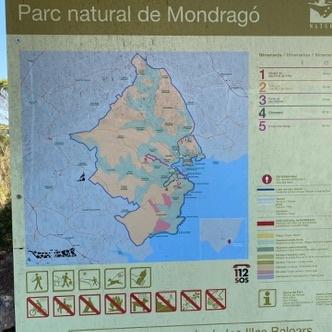What are some signs visitors should look for that indicate water conservation efforts in public spaces?
Similar Topics
water conservation
efficient irrigation
drip irrigation
drought-resistant plants
mulch use
water-saving fixtures
rainwater harvesting
water refill stations
Visitors to public spaces can often observe various indicators that signal the implementation of water conservation efforts. One common sign is the presence of efficient irrigation systems, such as drip irrigation or soaker hoses, which target water directly to plant roots and minimize evaporation. In parks and gardens, you may notice native or drought-resistant plants that require less water than traditional lawns or exotic species. Mulch is frequently used around plants to retain soil moisture and reduce the need for frequent watering. Additionally, signs explaining these efforts might be posted, informing visitors about the benefits of water conservation and encouraging responsible water use.
Another clear indicator can be found in public restrooms and drinking fountains, where water-saving fixtures like low-flow faucets, automatic sensors, and dual-flush toilets are increasingly common. These devices help reduce water waste without compromising functionality. You might also see water refill stations aimed at promoting the use of reusable bottles, thereby indirectly supporting water conservation by reducing the production and disposal of single-use containers. Rainwater harvesting systems or visible rain gardens may be incorporated in the landscape design to naturally collect and filter rainwater, lessening dependence on municipal water supplies. Observing these subtle yet purposeful changes demonstrates a community’s dedication to sustainable water management in public areas.
Another clear indicator can be found in public restrooms and drinking fountains, where water-saving fixtures like low-flow faucets, automatic sensors, and dual-flush toilets are increasingly common. These devices help reduce water waste without compromising functionality. You might also see water refill stations aimed at promoting the use of reusable bottles, thereby indirectly supporting water conservation by reducing the production and disposal of single-use containers. Rainwater harvesting systems or visible rain gardens may be incorporated in the landscape design to naturally collect and filter rainwater, lessening dependence on municipal water supplies. Observing these subtle yet purposeful changes demonstrates a community’s dedication to sustainable water management in public areas.
🧩 Related Questions
Related Question
How do language preferences differ between urban areas like Palma and rural parts of Mallorca?
Related Question
Can almonds be beneficial for heart health, and if so, how?
Related Question
In what ways were craft skills like weaving and pottery important for girls growing up in Mallorcan villages?
